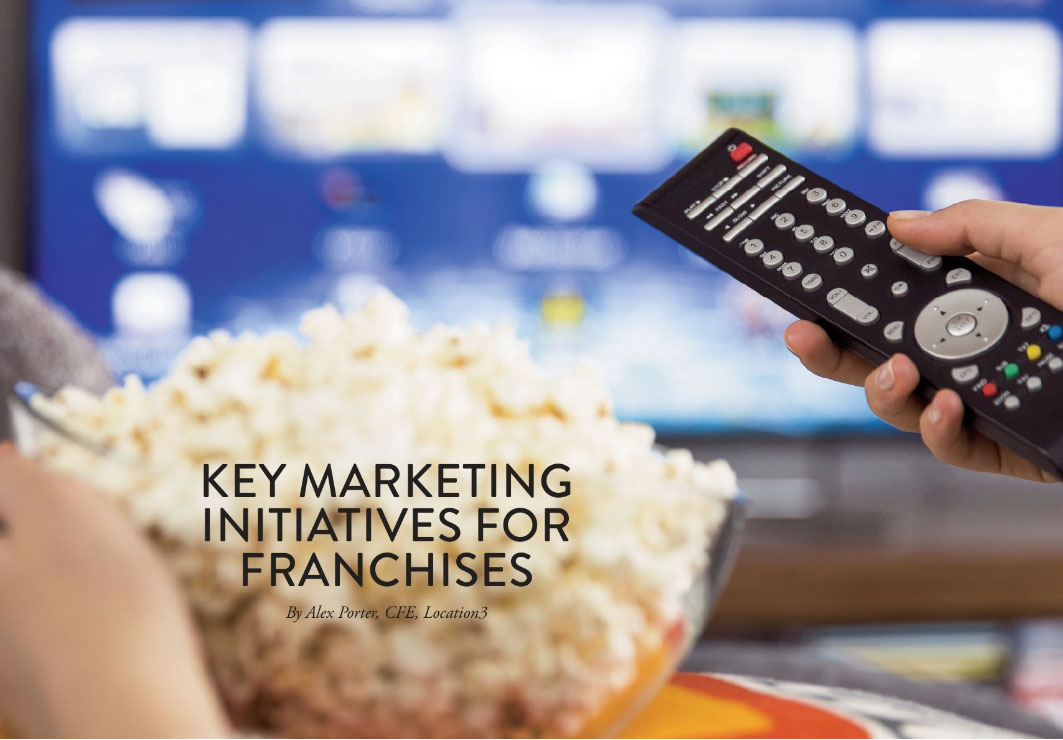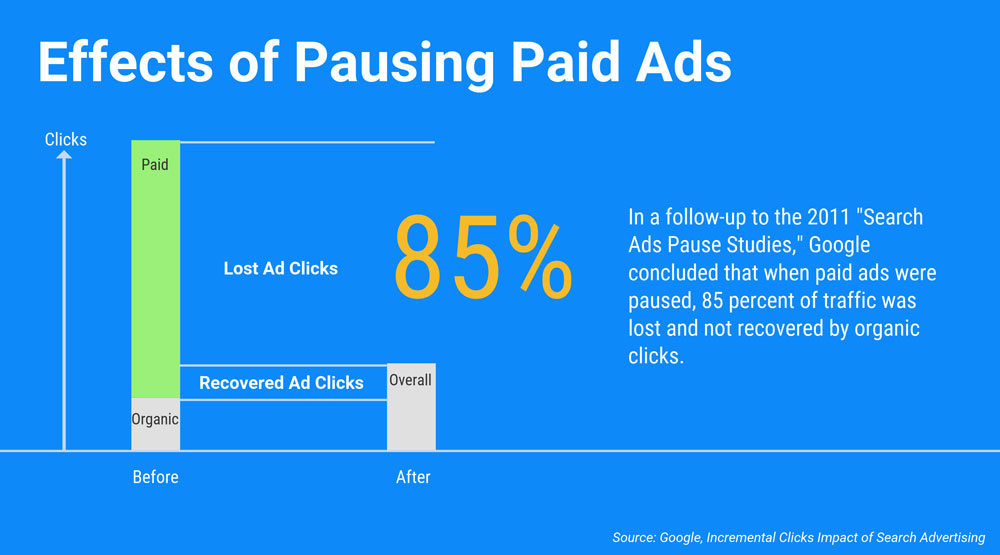Monthly Industry Roundup: January 2020
Franchise Marketing Initiatives for 2020
Marketing is complicated in the franchising world with franchisors and franchisees splitting duties between multiple initiatives. Where franchisors often focus their budgets on driving brand awareness, franchisees spend their budgets on driving store visits. This approach is relatively common, and it makes sense. Franchisors have larger budgets, and franchisees expect direct results when committing their personal budgets.
But these approaches don’t have to be at odds. As Location3 CEO Alex Porter writes in the IFA’s Marketing Issue of Franchising World, digital technology integrates the two strategies into a powerful force for franchisors and franchisees alike. Here’s an excerpt from the post.
“In many instances, franchisor and franchisee marketing strategies operate in silos and lack integration. The franchisor is often responsible for big-budget, national media buys that raise awareness, while franchisees are generally responsible for executing local marketing campaigns that drive customers into their stores.
As digital technologies mature, brand strategies and local strategies are becoming indistinguishable. Digital platforms like Connected TV, streaming audio and Digital Out-of-Home (DOOH) are delivering traditional user experiences with modern targeting — mass appeal with local impact.”
For more analysis, including the most effective digital alternatives for traditional channels, read all of Key Marketing Initiatives for Franchises as featured in Franchising World.
3 Mistakes CMOs Make With Digital Marketing
Franchise brands are investing more in their marketing efforts, creating a high-stakes environment for agencies, suppliers, ad-tech companies, and other vendors competing for their select partnerships. This has created a win-at-all-costs mindset for some competitors, leading to a lack of transparency and misleading practices that ultimately damage the short- and long-term marketing efforts of franchisors and franchisees.
As a CMO, it can be difficult to cut through the noise and accurately assess which potential marketing partner is reliable and effective. Location3 Chairman Andrew Beckman sees three challenges that CMOs need to address when solidifying a franchise marketing partnership. Here’s an excerpt from Beckman’s post:
1. Hidden Click Costs
When taking over previously-managed franchisee ad campaigns from other industry vendors, it is not uncommon for our teams to find that those vendors were actually adding 30-50% margins on top of pass through click costs. In these engagements, the vendor delivers metrics for clicks and cost to the franchisee. But when these are broken out properly, the cost-per-click ends up being inflated — a hidden markup that has a larger impact than just an unofficial “one-time fee”. These markups are sometimes so aggressive that they stunt the potential of the ad campaign, creating a cycle of limited budgets, less exposure, and fewer leads and sales for the franchisee.
Franchisees typically have access to performance data that includes impressions, total clicks, CTR, and total Adspend. However, many vendors either hide or refuse to report on actual click costs to franchisees within their own reporting dashboards even though those metrics are easily accessible via API from channels like Google.
For the remaining challenges, read all of 3 Digital Marketing Mistakes Franchise CMOs Continue to Make.
Should I Bid on My Brand Keywords?
In Part 1 of Location3 CEO Alex Porter’s 3-part series on branded search strategy, he examines a handful of legal cases that have shaped the discussion on competitor keyword bidding.
In Part 2, Porter looks at the viability of pausing branded paid search altogether. It’s an idea that’s tossed around in search marketing circles every few years. The idea boils down to this question:
If my company stopped bidding on branded keywords as part of our PPC campaigns, could we maintain traffic and conversions while saving money?
Google is familiar with the question, publishing studies in 2011 and 2012 to address it. Google’s conclusion: “Our findings are consistent across the board: ads drive a very high proportion of incremental traffic — traffic that’s not replaced by navigation from organic listings when ads are turned off or down.”
That is to say ditching a branded paid search strategy could have a catastrophic effect on your overall site traffic, conversions, and lead volume. Porter gives a few more reasons for bidding on your brand keywords, including:
Every search query has multiple variables at play. These variables combine to return a search environment that has a substantial effect on the user’s behavior. When a brand forfeits its ability to control those variables on its own brand terms, it forfeits its ability to influence a customer that’s likely near the point of conversion.
When a company protects its brand terms, on the other hand, it creates a search environment that’s heavily weighted toward its success.
For more analysis, including thoughts on owning SERP real estate, customized ad copy, and protecting your territory from competitors, read all of Part 2: Why Should I Buy My Brand Keywords.
What Are We Going to Do Without Cookies?
Google announced last week its intention of phasing out third-party cookies on its Chrome browser by 2022. This was huge news in the digital ad industry, as blocking cookies would force a massive shift in strategy for digital advertisers everywhere. Third-party cookies are at the center of the current digital universe because they allow advertisers to track, target, and serve ads to consumers.
While this might sound like doomsday for advertisers, Brad Nunn of Mediapost encourages us to consider it a “fresh opportunity” to transform. Here are a couple of strategies that Nunn thinks could be the next step in digital advertising.
User Logins: First-party data will become the predominant way to target users, giving the giants of digital media like Google, YouTube, Facebook, and Amazon an even greater advantage when it comes to securing ad spend. The lack of third-party data will also, Nunn writes, lead to more publishers requiring user logins to read content as a way of bolstering their own first-party data.
OTT Advertising: OTT (over-the-top) advertising devices include Smart TVs, Apple TV, Chromecast, Playstation, and any other online device that allows users to stream content. Nunn points to two advantages that OTT will enjoy in this new environment. As we already mentioned, login data from these devices will give advertisers the best targeting information. Second, OTT has never relied on cookies, which will upgrade its value on a more level playing field.
For more insight, read the full post here.
Stay In Touch.
Subscribe to our monthly email newsletter.




